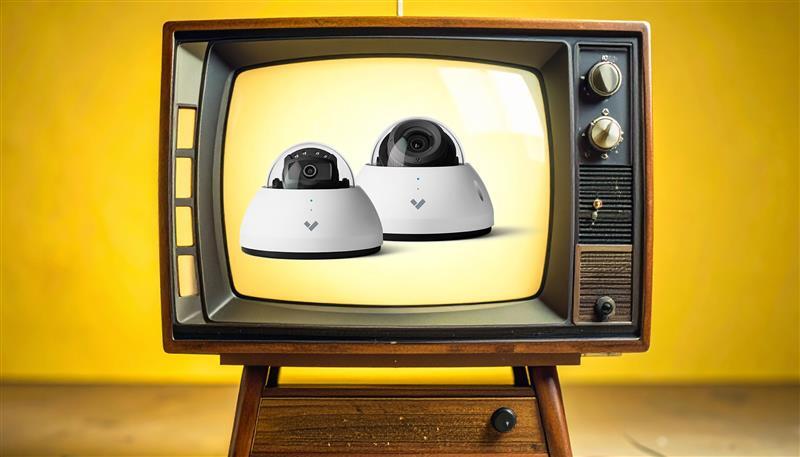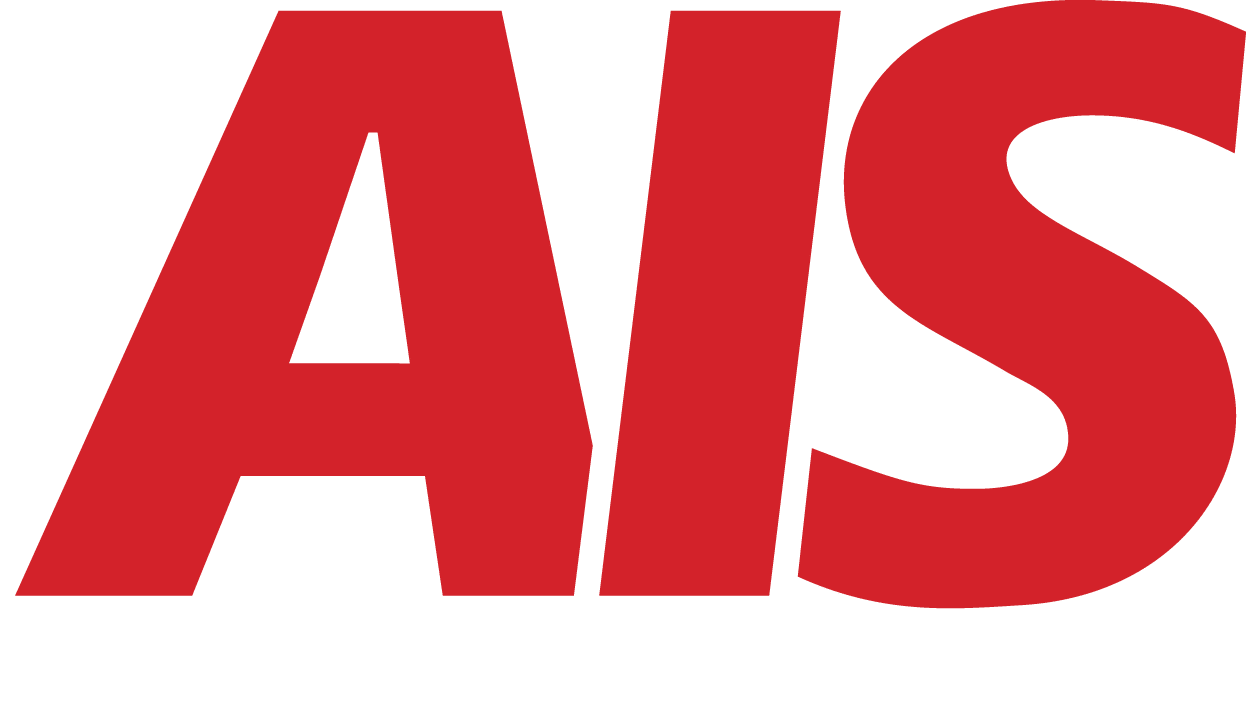The Problem with Mixing Old Hardware with New Security Software
May 30th, 2025 | 5 min. read

You ultimately decided to upgrade your business’s security software. Maybe you’re excited about features like remote monitoring, real-time alerts, or AI-powered analytics.
But there’s just one catch: your cameras, servers, or access control panels are a few years (or decades) old.
Now what?
On the surface, keeping your existing hardware and layering on new software is a smart way to save money. But here’s the uncomfortable truth: mixing old hardware with new security software can cause more problems than it solves.
Let’s unpack why that is and how to know when it’s time to move on from your legacy gear.
It’s Not About Being “Old.” It’s About Being Incompatible
Plenty of older hardware still functions. Cameras still record. Doors still lock. The issue isn’t whether your equipment turns on—it’s whether it can keep up.
Modern security software is built to do more than just store video or open a door. Today’s systems offer:
- AI-powered search
- Cloud-based access from anywhere
- Role-based user permissions
- Secure remote management
- Real-time alerts and event monitoring
However, these features require hardware that can communicate with the software.
If your equipment uses outdated firmware, legacy protocols, or proprietary formats, it can’t fully support what newer platforms are designed to do.
In other words, you end up paying for features you can’t even use.
Compatibility Shortcuts Can Create Security Gaps
Let’s say you try to bridge the gap with workarounds, like converters, middleware, or patched APIs. It may seem like a clever fix, but these solutions often introduce more risk than they offer reliability.
Here’s what we see happen again and again:
- Unstable Integrations: Your system works one day and crashes the next after a routine update.
- Incomplete Data: Your analytics dashboard shows partial footage or inconsistent logs.
- Delayed Alerts: Time-sensitive notifications lag or don’t show up at all.
- Security Holes: Devices that don’t support encryption or multi-factor authentication leave you vulnerable.
And when something breaks? Good luck getting support. Your hardware vendor blames the software. The software vendor blames the hardware.
Meanwhile, you’re stuck with an expensive mess and a security system that doesn’t do what it promised.
Real Talk: Why Businesses Try to Stretch Old Hardware
We get it. Security upgrades can be costly. And if a camera or badge reader seems to “still work,” it’s tempting to keep it in play.
The three most common reasons we hear are:
- "It’s not in the budget right now."
- "We just installed it five years ago—it can’t be that outdated."
- "We’ll replace it when it stops working."
Here’s the deal: security hardware rarely stops working in an obvious way. Instead, performance slowly degrades. The footage gets fuzzy. Data fails to sync.
Access logs are incomplete. And when something really goes wrong, your system can’t respond the way it should.
New Software Can’t Fix Old Limitations
There’s a myth floating around that smart software can “modernize” old gear. But in most cases, the hardware sets the ceiling. You can only go as fast, securely, and smartly as your weakest device allows.
If your security system can’t:
- Encrypt data properly
- Handle remote access
- Sync live with the cloud.
- Process smart search or analytics.
...then your software upgrade is like putting racing tires on a rusted-out pickup.
What This Looks Like in the Real World
At AIS, we’ve seen what happens when companies try to straddle the line. One client had a mix of 10-year-old analog cameras and a new video management system.
Every time they attempted to pull footage, the video either glitched, took an excessive amount of time to load, or failed to sync across locations.
They spent hours troubleshooting. Their IT team was frustrated. And after a few months, they made the call: start fresh with cloud-based cameras that just worked with the software.
The difference? Night and day. Faster access. Better footage. Less IT time. Fewer headaches. They could finally focus on using their system, not babysitting it.
So, When Can You Mix Old with New?
There are some exceptions. If your hardware is relatively new and supports modern standards (like ONVIF compatibility or current firmware updates), it might work well with newer platforms.
But even then, it depends on your goals. Are you looking for basic recording or full cloud functionality, AI-powered search, and multi-location control?
If you're leaning into newer features, mixing systems can hold you back more than help.
The Cost of Holding On Too Long
Ironically, holding onto outdated equipment often costs more than upgrading.
Here’s how:
- Wasted labor hours troubleshooting old devices
- Missed footage or access events that impact safety or compliance
- IT support bills from vendors trying to patch together systems that weren’t built to talk to each other.
- Lost trust from employees or customers when security fails
These are hidden costs that don’t show up in the initial quote, but they hit your bottom line all the same.
How AIS Helps You Make the Smart Move (Not Just the Flashy One)
At AIS, we don’t believe in forcing a full rip-and-replace unless it truly makes sense. Our goal is to help you modernize at your own pace, with a system that fits your budget and scales with your needs.
Here’s how we do it:
- We audit your current system to see what’s still viable
- We test compatibility with new software before making promises.
- We map a phased plan if upgrades need to happen over time.
- And we always explain where mixing old and new will cause pain, before you spend a dime.
Sometimes, keeping a few devices makes sense. Other times, the smarter move is to replace and simplify.
Either way, you get a system that works the way you expect it to.
Want to Know What Needs Upgrading (and What Doesn’t)?
Let’s take a look at your current setup and give you an honest answer. No scare tactics. No hard sells. Just straight talk from a team that’s seen it all. Schedule Your Security Assessment with AIS today!
A true southerner from Atlanta, Georgia, Marissa has always had a strong passion for writing and storytelling. She moved out west in 2018 where she became an expert on all things business technology-related as the Content Producer at AIS. Coupled with her knowledge of SEO best practices, she's been integral in catapulting AIS to the digital forefront of the industry. In her free time, she enjoys sipping wine and hanging out with her rescue-dog, WIllow. Basically, she loves wine and dogs, but not whiny dogs.



